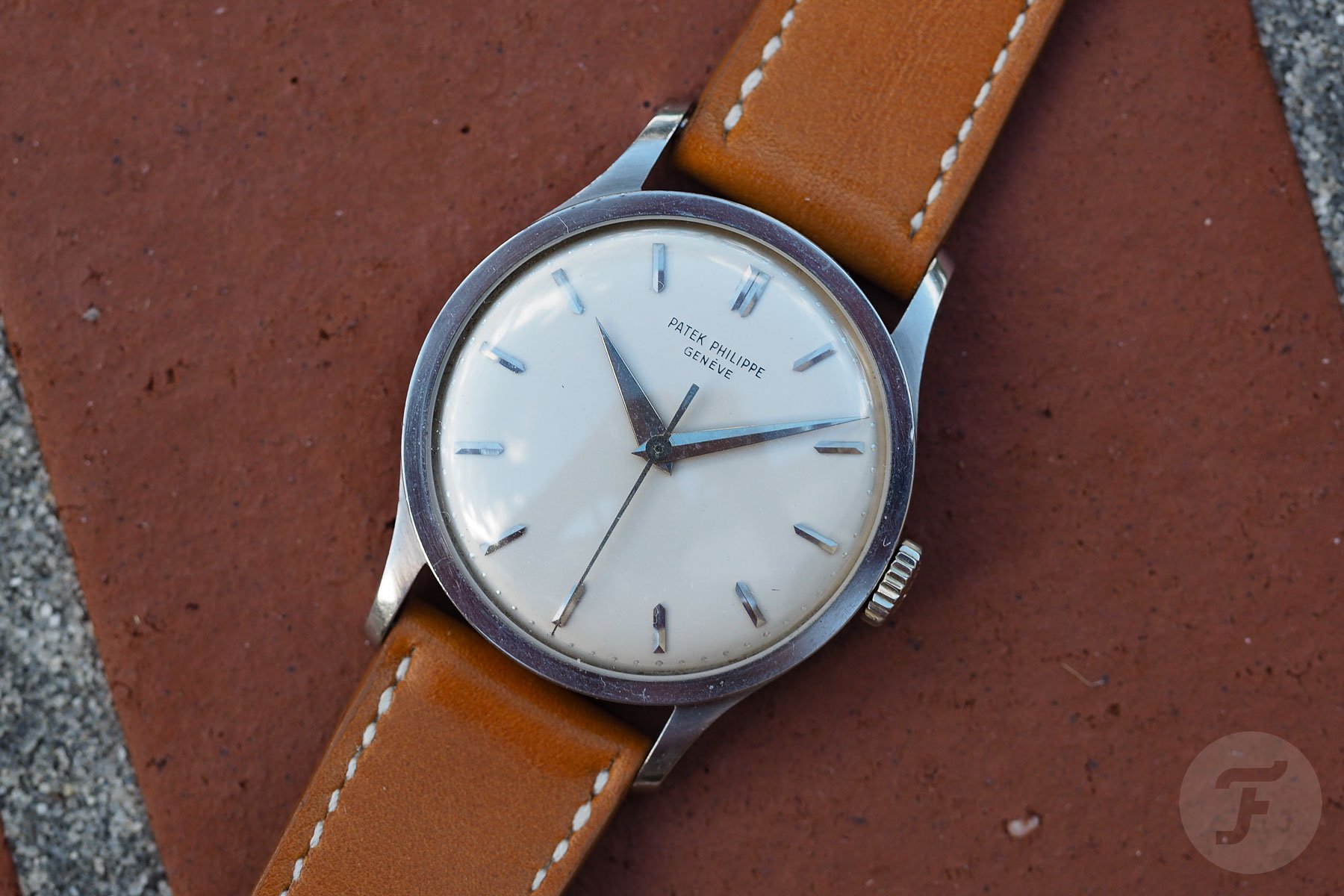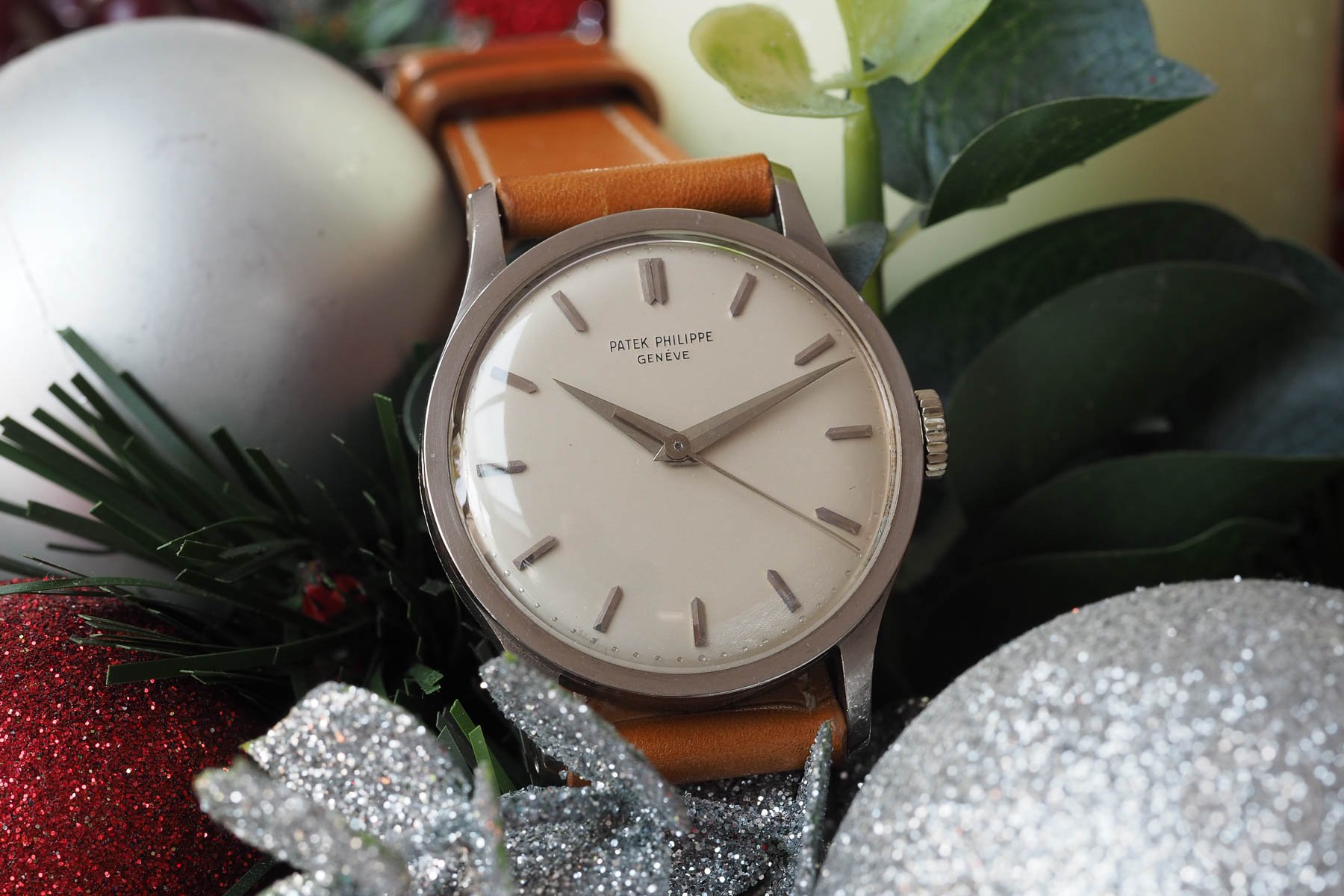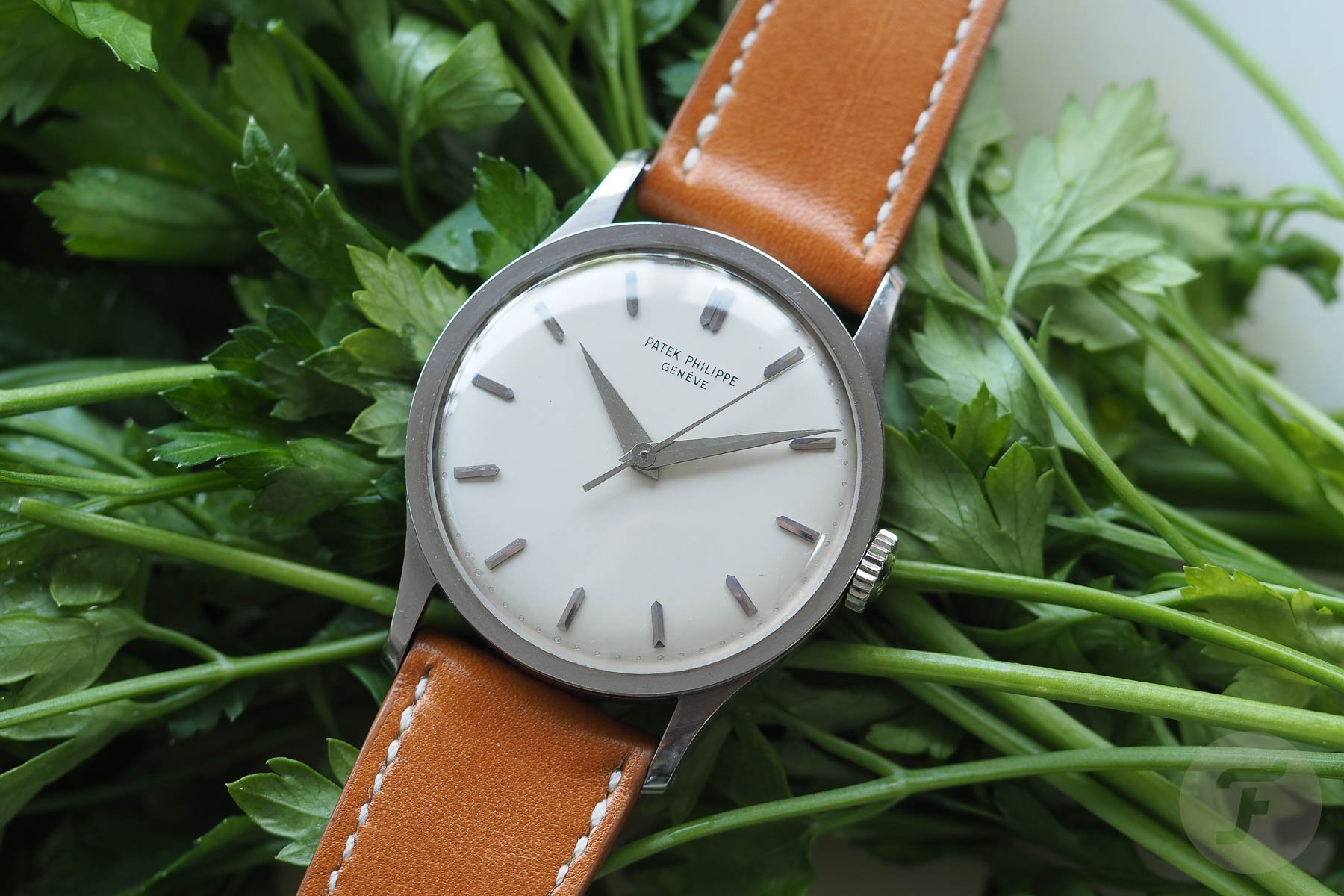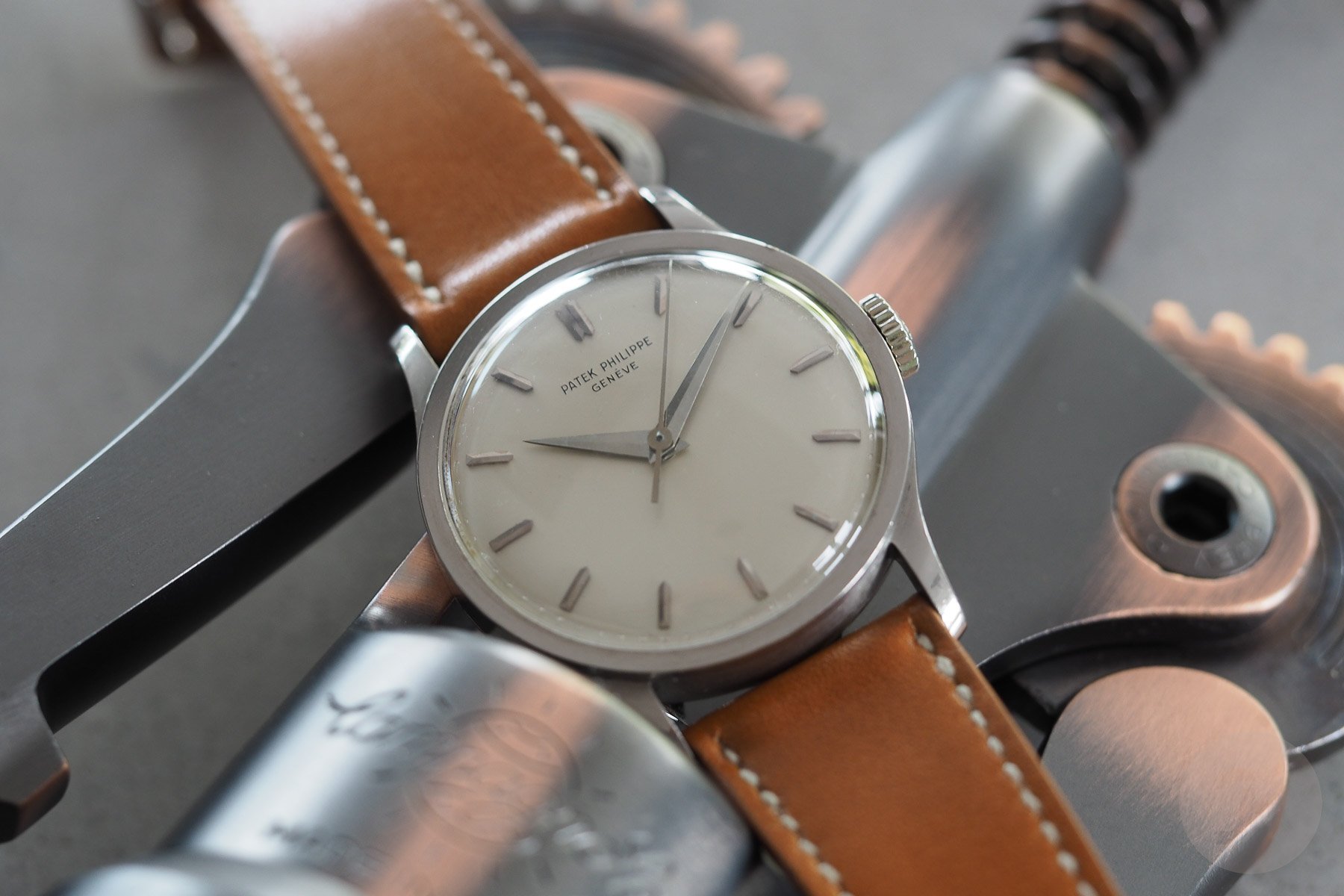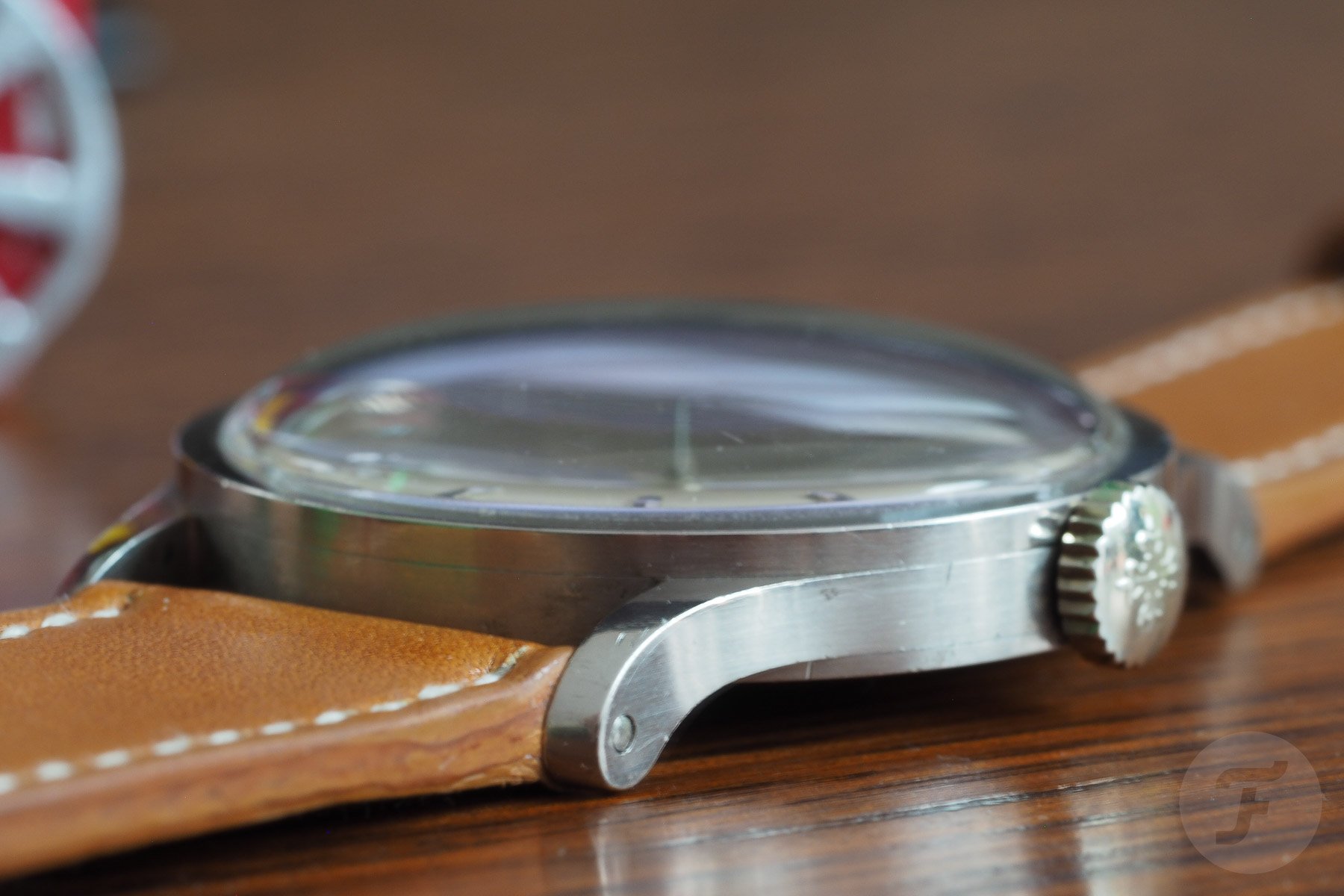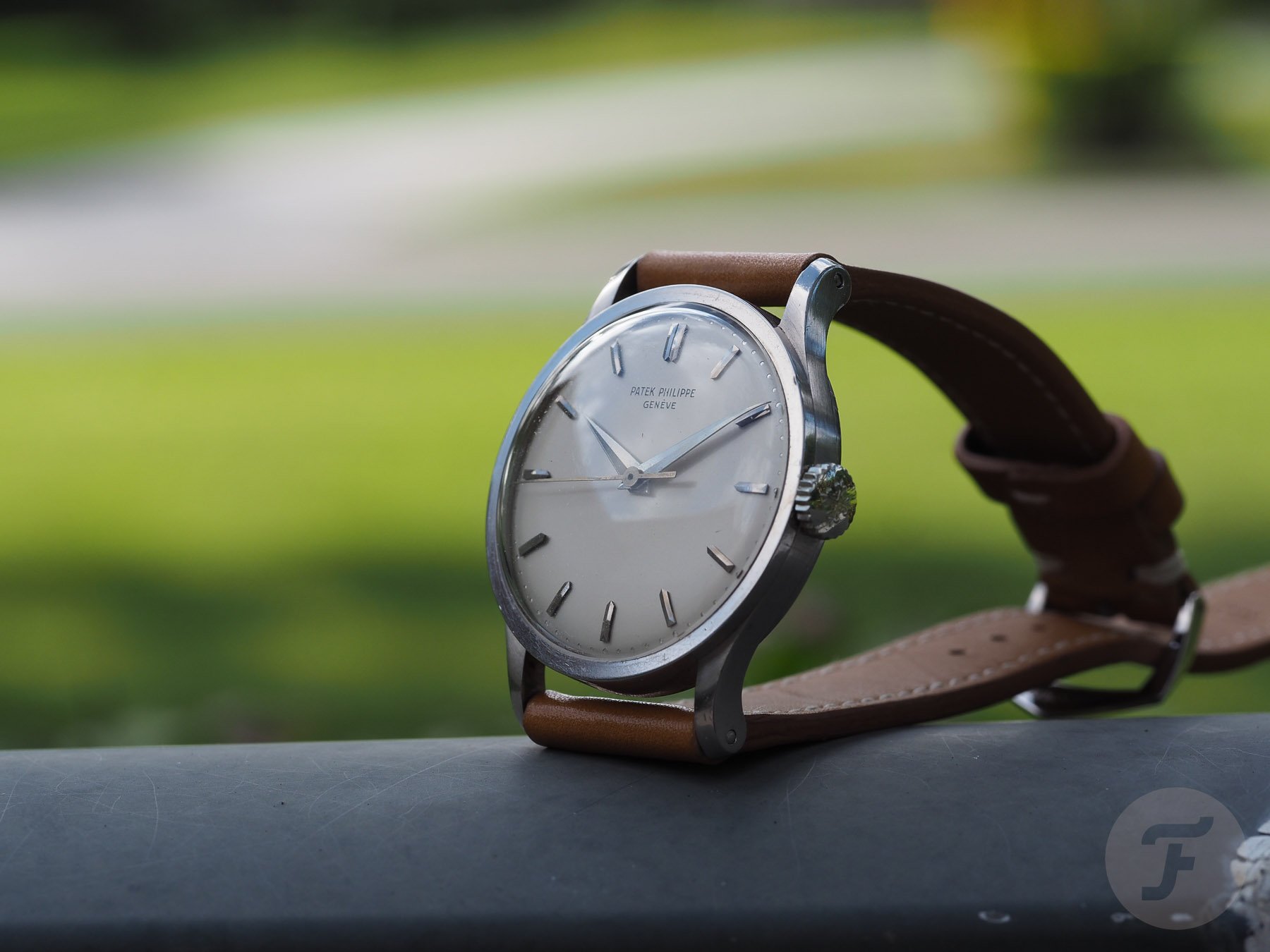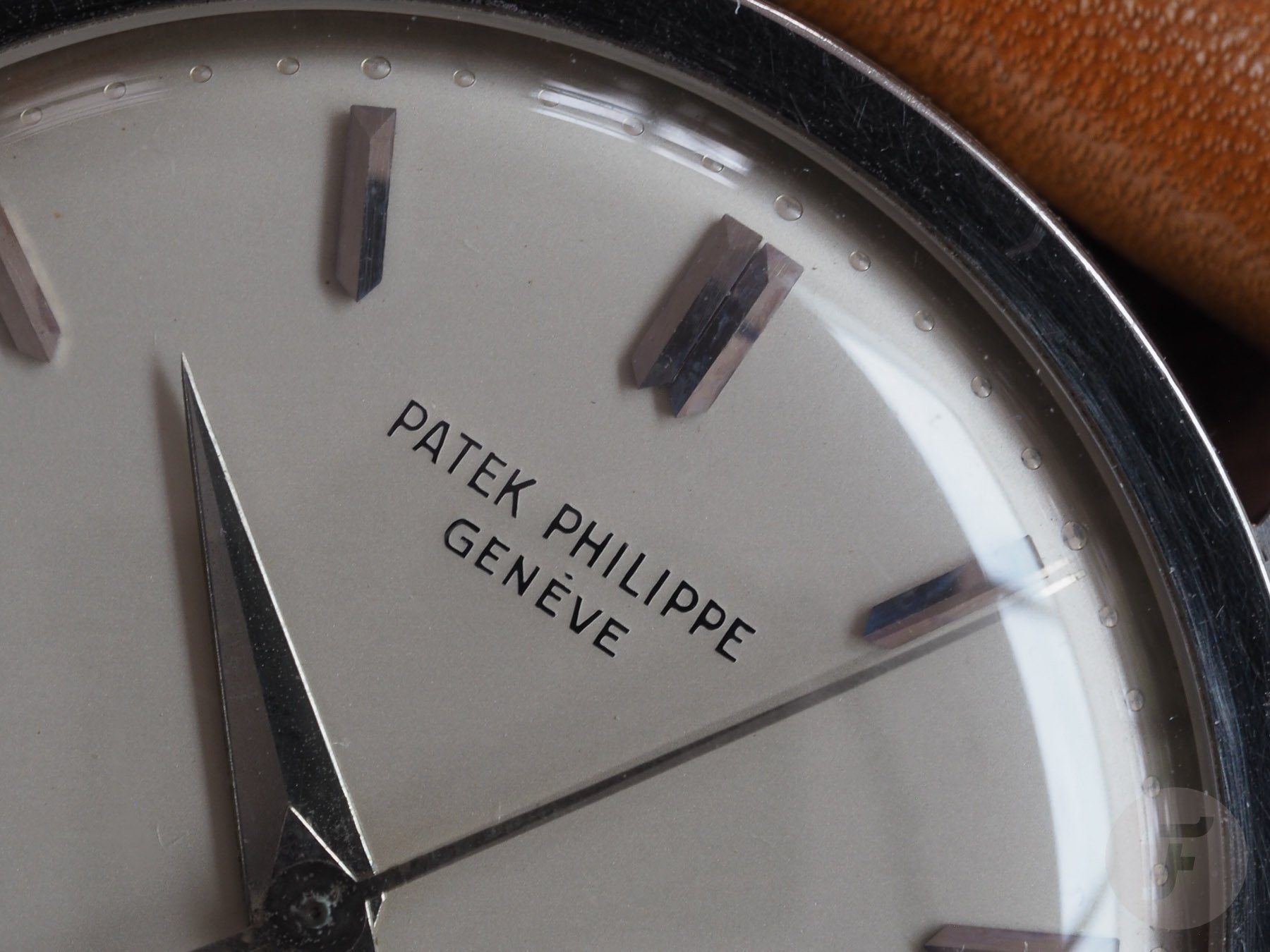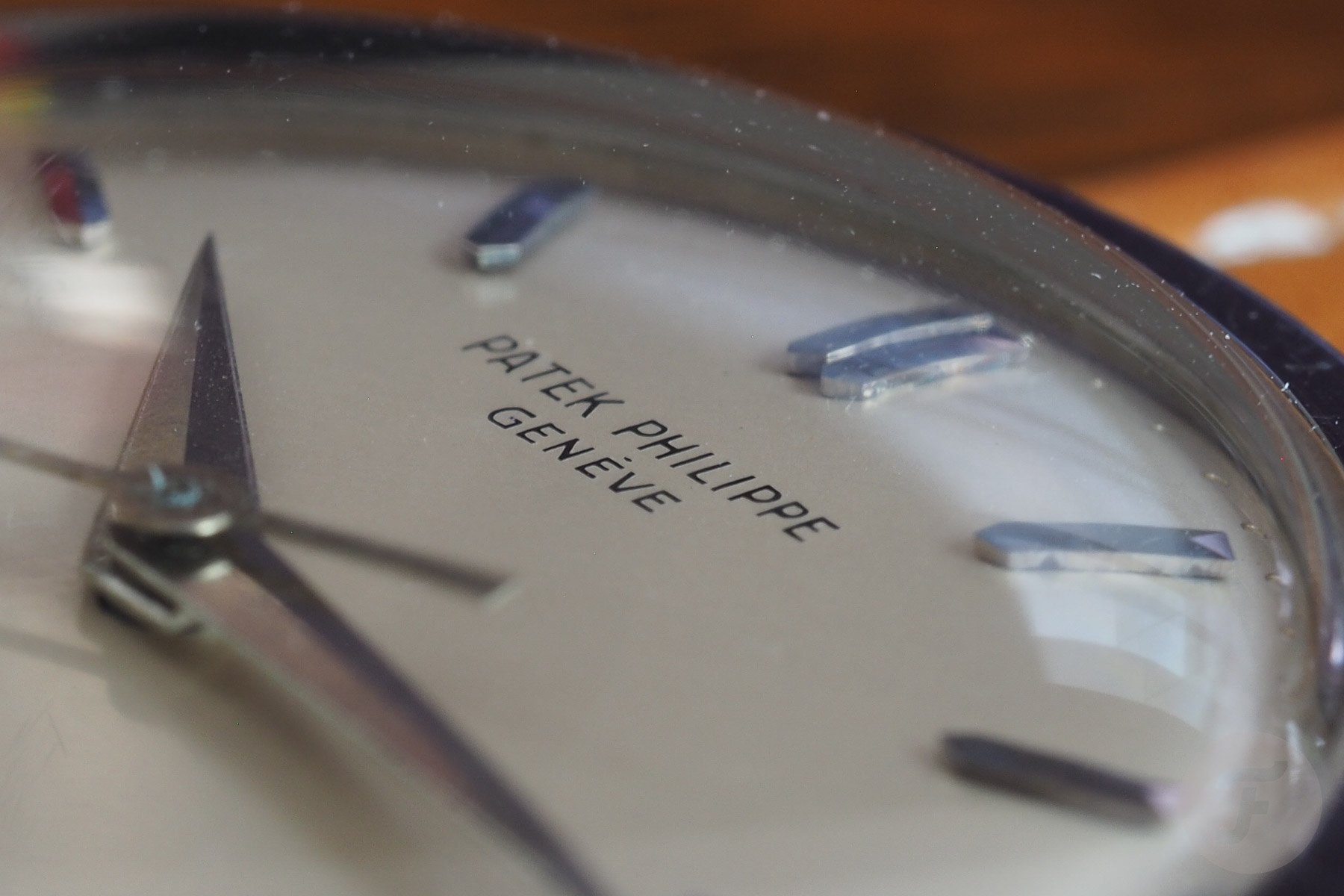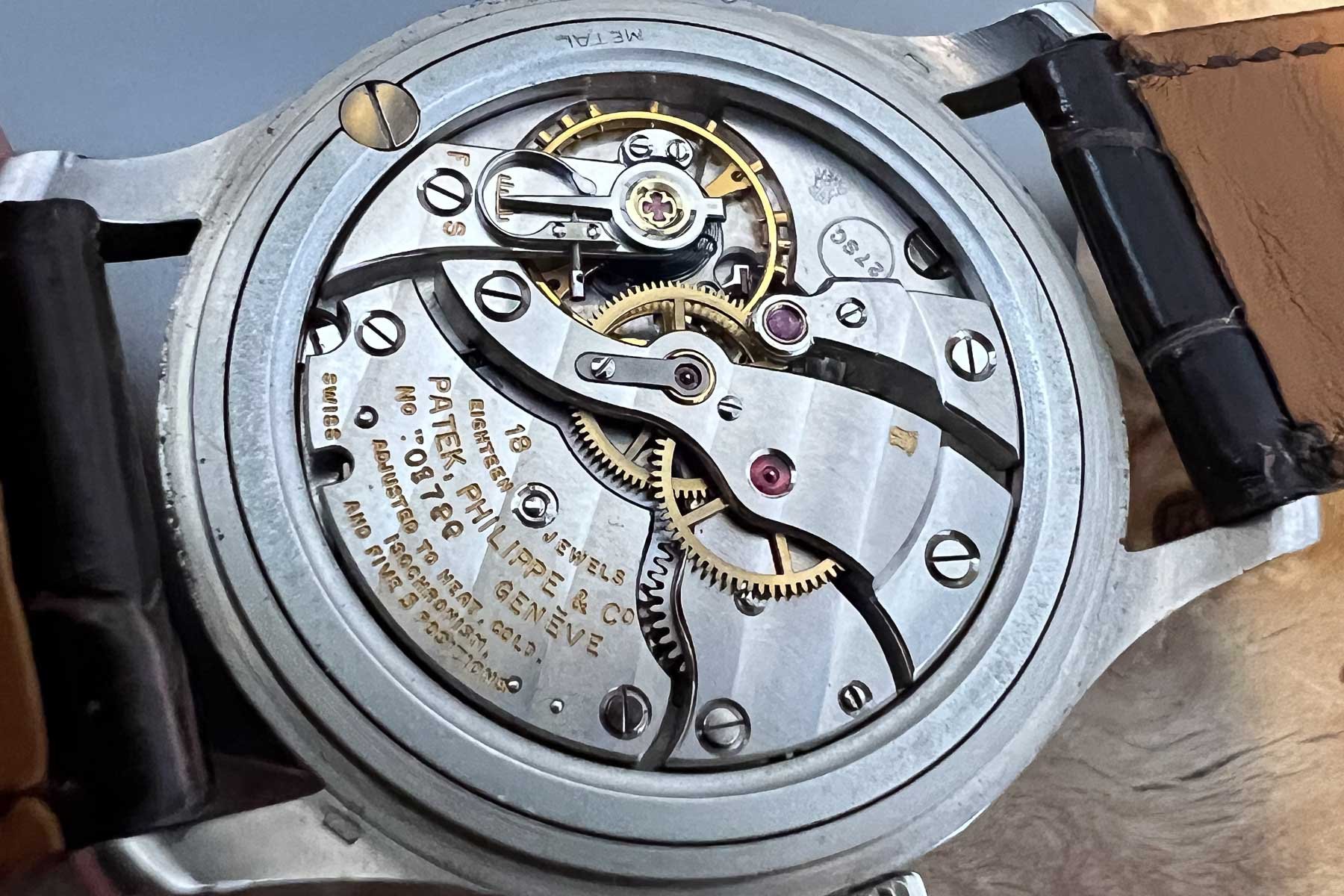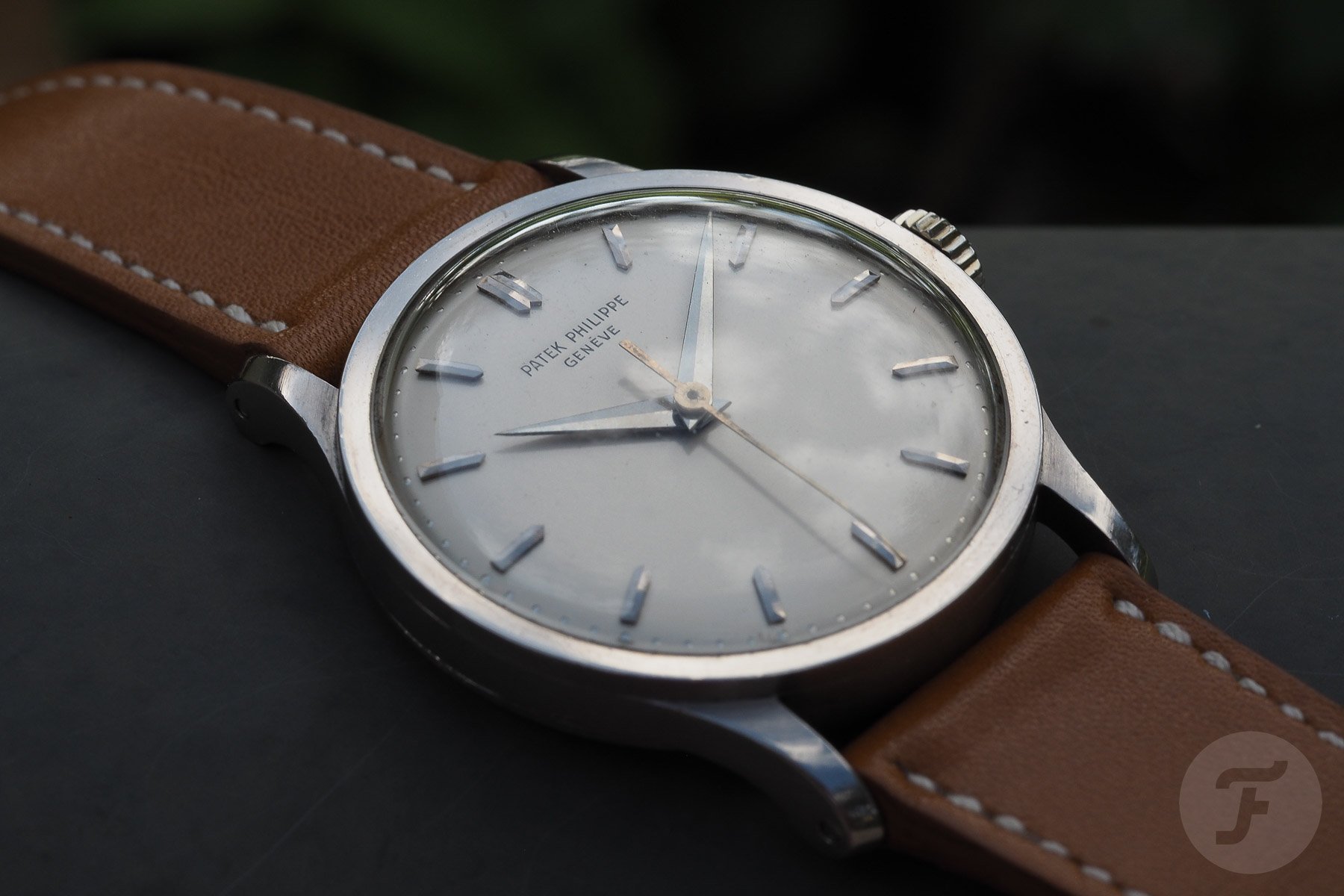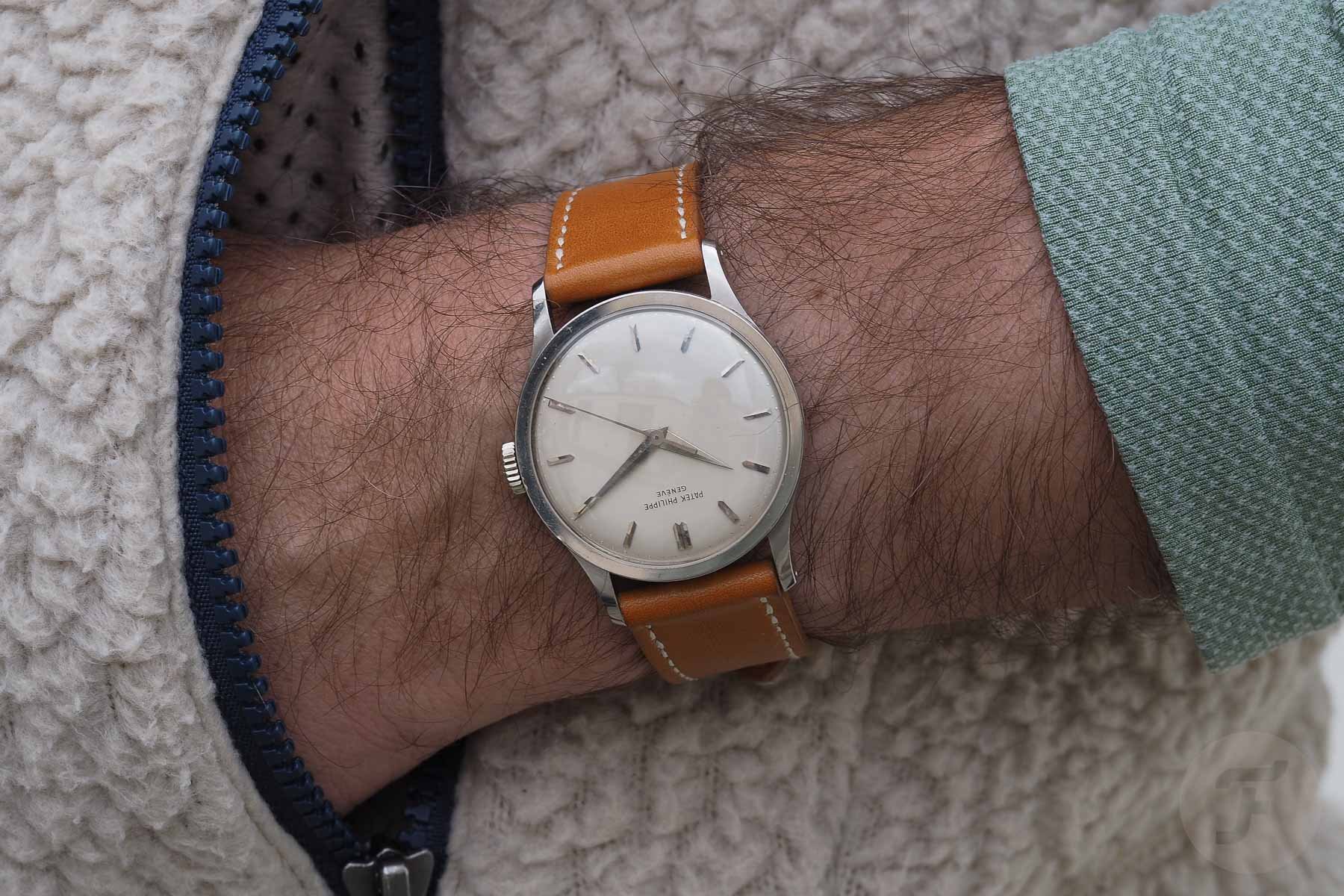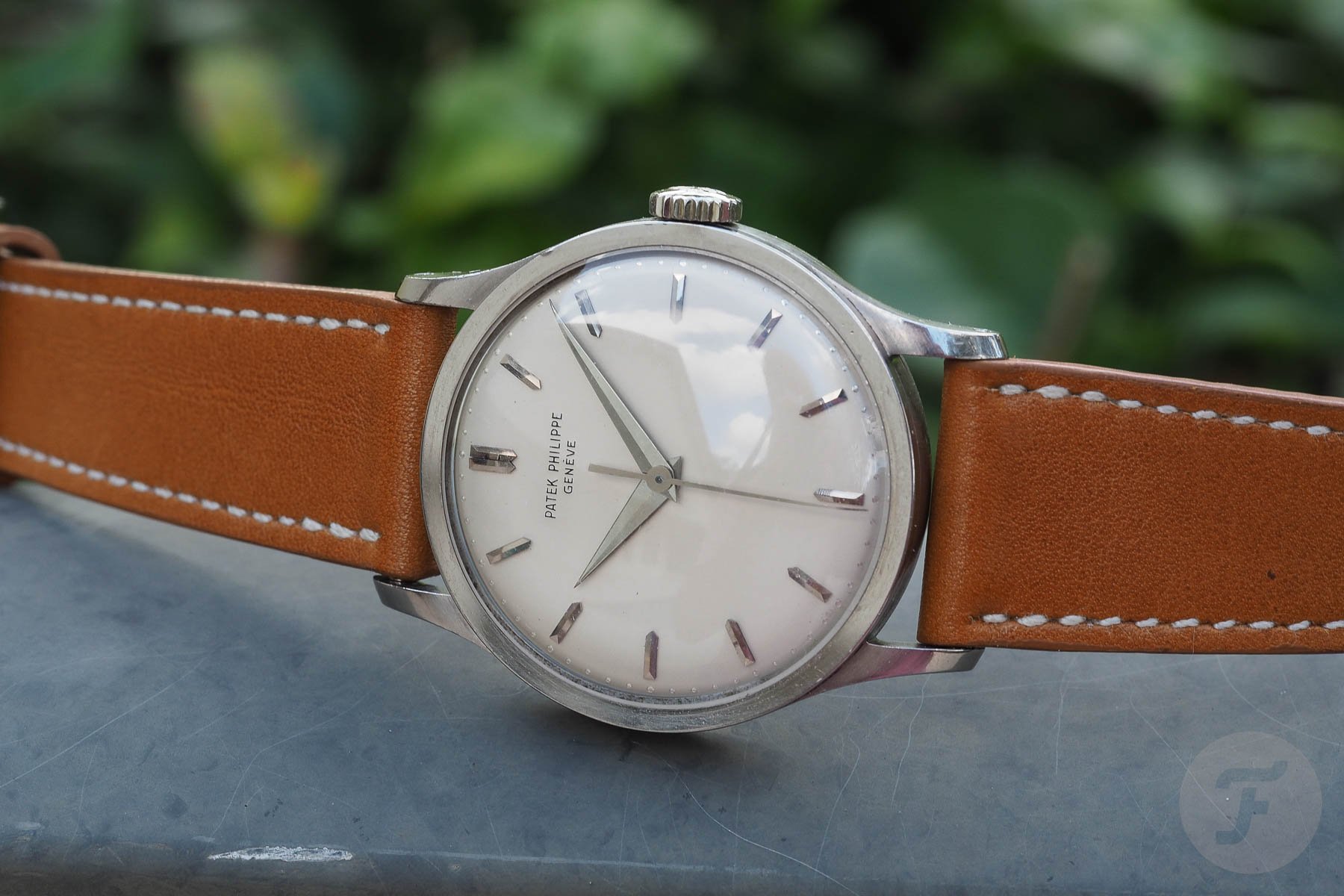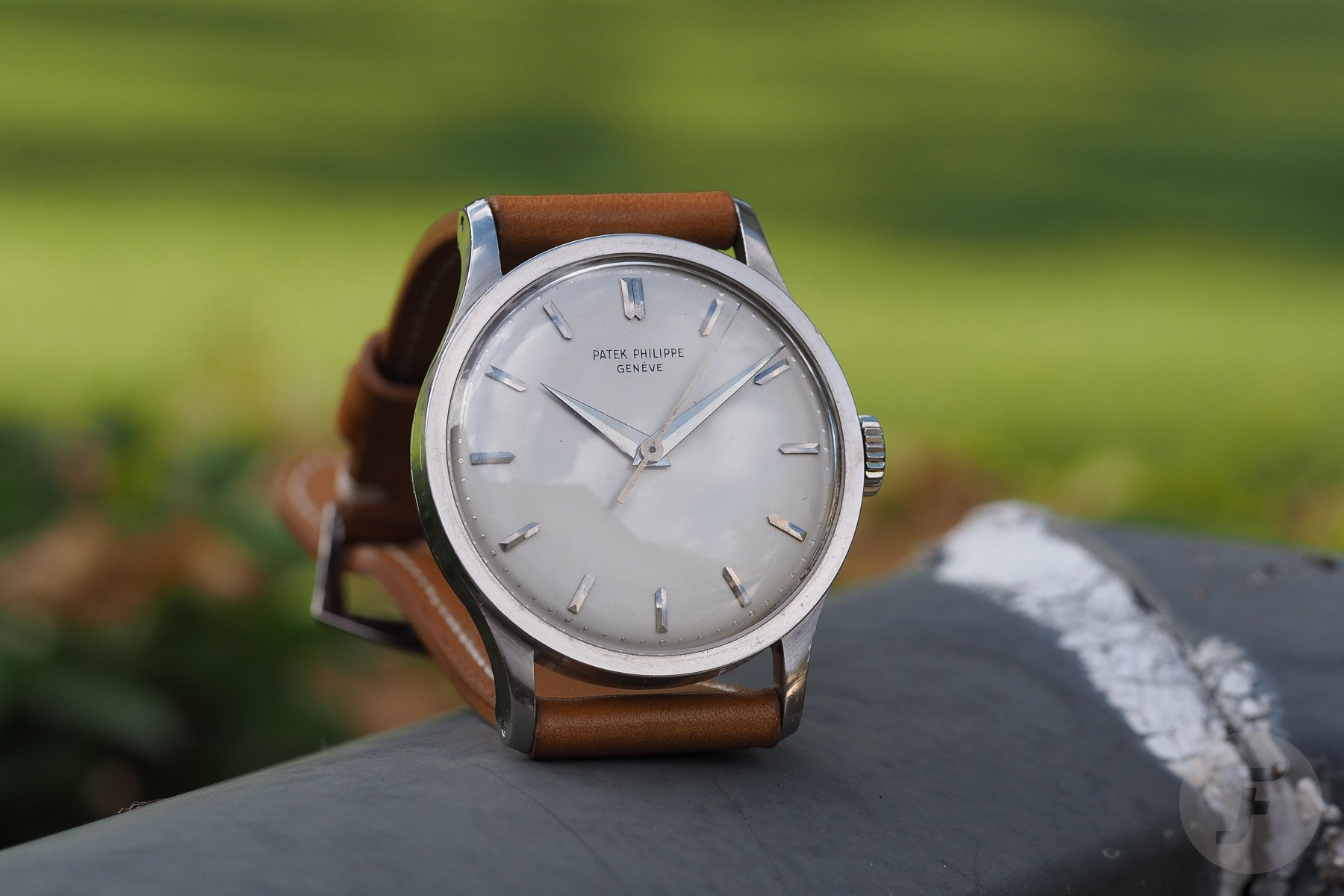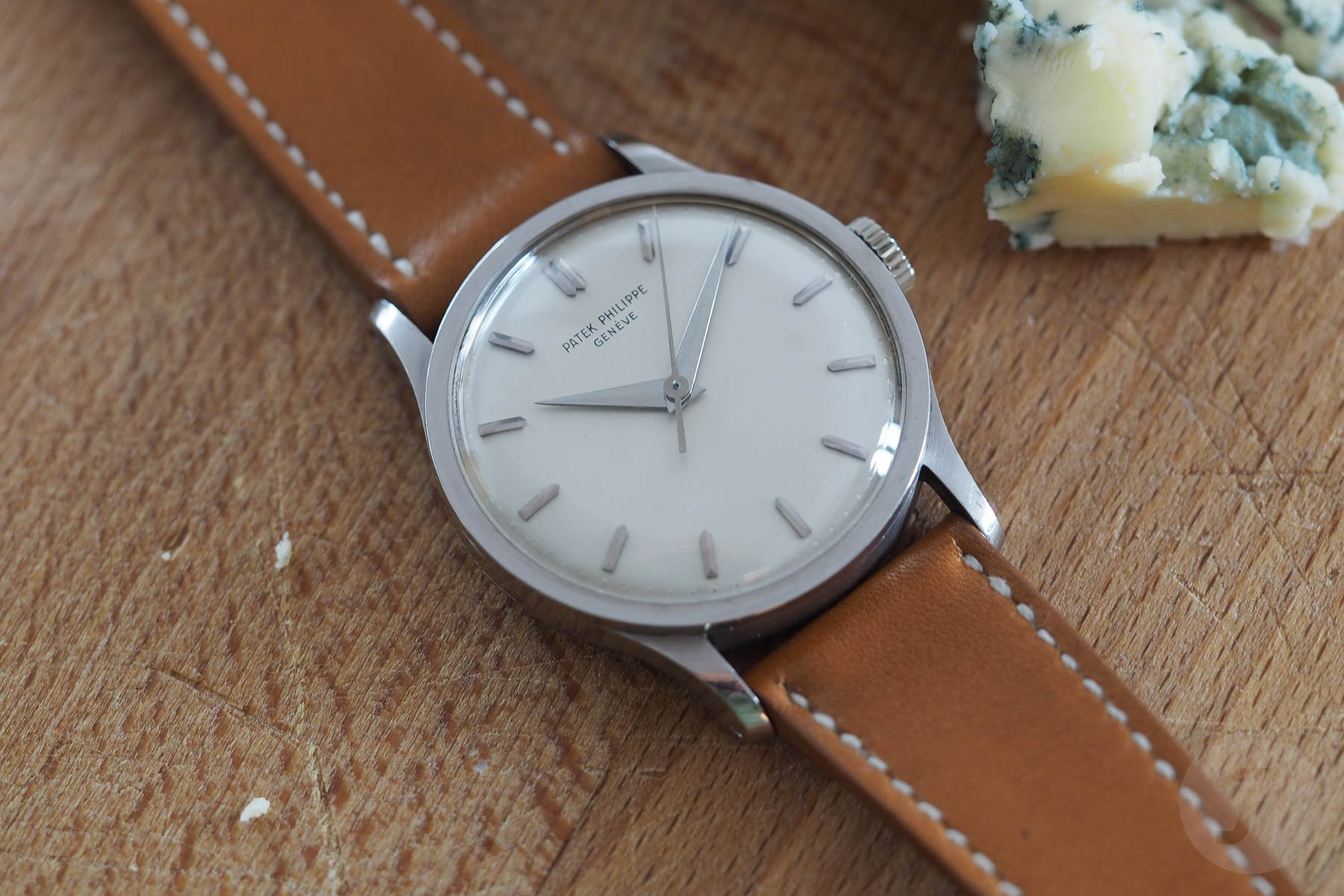Fratello Christmas Special — The Patek Philippe Calatrava 570
First, a very Merry Christmas to those who are celebrating. I’ve had the honor and pleasure of occupying this slot several times before, and I’m happy to be back again! This year, I’m pivoting from my normal sports-watch tendencies and bringing something much different. I hope you enjoy it! They say the perfect watch doesn’t exist, and I suppose they’re correct (whoever “they” are). However, I maintain that the Patek Philippe Calatrava 570 comes asymptotically close. This is a watch boiled down to the absolute elements, and while it may seem overly simple at first glance, it keeps me coming back for more time and time again. It’s an extreme exercise in restraint. It also makes a serious argument that most other timepieces contain a wealth of superfluous detailing. Come with me as we discuss what will likely serve as the acme of my collecting journey.
It was mid-winter and one of those cruddy gray, drizzly evenings that so frequently prey upon Frankfurt am Main. Dark in the morning for the 65km commute and dark by late afternoon for the return drive. Then, press repeat until the week is done. I was hammering up the A5 one evening and pondering my upcoming move to England. Our family was excited about the adventure, but there was plenty to do. Everyone had a list of items to complete (including my daughter with the organization of a mall’s worth of Barbie clothing). One thing I needed to do was sell a car. After all, the steering wheel was on the wrong side, and I didn’t want to mess with importation. So I played the mind game about what I would do with some of the funds from the sale.
The journey began on the Autobahn
Of course, buying another car in England would be a wise use of funds, but I had been saving for that separately. Plus, my wife had given me the green light to do as I wished, so I turned my attention to watches. If you’ve listened to Balazs and I prattle on in our podcast, I’ve mentioned a few times that I’ve been content for a good while. Sure, I still buy the occasional piece, but I tend to limit these purchases to vintage Japanese watches that are rounding out a collection.
If you’re a keen listener, though, you’ve also heard me mention a distanced affection for the Patek Philippe Calatrava. Specifically, I’ve been an admirer of the 5196P and, to some degree, its gold siblings. The “P” for platinum, with its Breguet numerals, always spoke to me, but it’s incredibly expensive. Plus, RJ kept chirping in my ear about the miniature 215 PS caliber that swims inside its case. This had me thinking about a very heady topic indeed — vintage Patek.
Making the call
I entered Frankfurt am Main via Miquelallee and ran into the normal rush hour wall of stoplights. It was then that I decided to call Mr. Eric Wind (aka Mr. You Can Rock That) and have a chat. He answered with the typical, “Mr. Stockton.” After the pleasantries, I told Eric that it was finally time for me to consider a Patek and that I wanted a Calatrava. I wanted something wearable, in a white metal case, in untouched condition, and within a certain price range. It took Eric nanoseconds to recommend two beloved references. The first was the “waterproof” Calatrava 565 with its 34.5mm Taubert/Borgel case. The second was the Calatrava 570 with its ~35mm Gerlach case. He explained that the 565 had a more rounded case and was challenging to find in unpolished condition. The 570, on the other hand, grew the original sharp-edged iconic reference 96 and is deemed a dress-watch archetype. I mentioned that I would do some homework, but that the 570 sounded like the right target.
Later that evening, I shot Eric a text and mentioned that there was absolutely no rush, but that if a good Calatrava 570 came his way, I’d be interested in a discussion. Then, it was down to waiting. Of course, I looked at the 15 or so 570s on Chrono24 at any given time, but most were heavily polished, stained, or in a different metal. Also, I wanted to stick with someone I could trust. In the meantime, I also mentioned my slow hunt for this specific model on our podcast. I have to thank Roy, one of our listeners, for sending me his thoughts and some fantastic pictures of his collection. Needless to say, his enthusiasm only stoked my desires further.
Months later, the Calatrava 570 arrived
It took months, but a lovely white gold Calatrava 570 with central seconds appeared on Wind Vintage. The nearly perfect watch arrived on consignment from a seller who had purchased it several years before from Eric. It came with its extract from the archives, which showed 1962 as the year of production. Discussions began, and we agreed upon a price and the inclusion of a modern white gold Patek pin buckle. It took some time before I collected the watch, but it was a momentous occasion when I opened the package. It may sound silly, but that split-second upon seeing it for the first time felt as if I were entering a very different dimension in watches. Everything was exactly as I had hoped for, which is crucial when buying a piece like this.
Some history
Before I come back to the emotional part of the review, the Calatrava 570 deserves some words of history. The 570 first came on the scene back in 1938 and arrived as a larger version of the Patek Philippe ref. 96. Incidentally, the 96 debuted as the first-ever Calatrava in 1932. Most articles tell us that these watches followed the Bauhaus “form follows function” tenets. I see this, yet it’s a very different Bauhaus from the Germanic forms we often think of today. Moving on, the 570 was produced in steel, three colors of 18K gold, and platinum, with different variants offering either central or small seconds. As far as dials, there were many. Sector dials, rare Breguet-numeral dials, and those with applied indices and “drilled” minute markers are some of the most famous.
Movement-wise, I invite you to read this thorough accounting of the various calibers that inhabited the Calatrava lineup from Revolution. Movements such as the hand-wound in-house caliber 12-120 and the 12-120SC loom large in vintage Calatrava models. They’re notable for their fine bridges, beautiful detailing, and focus on innovation. The “SC” is a giveaway that the movement is powering a watch with central seconds, and Patek was one of the earliest makers of this feature. The movement in my model is the 27 SC which was introduced in 1949. It has a directly driven central seconds hand, which brings simplicity to the movement design. All in all, Patek produced the Calatrava 570 until 1972, with estimates centering on 2,000 total pieces. It was an expensive watch, but histories often state that it was responsible for keeping the company afloat during rocky economic periods.
Dissecting the watch
The Calatrava 570 is a watch that is all about the fine details. That may sound funny when looking at what seems like a basic, straightforward three-hander with a sparse dial. However, I’d argue that because it’s so austere, it makes what is there all the more important. The watch contains several surfaces that end in sharp 90-degree angles. Normally, that would sound cheap and unfinished, but it isn’t on this watch. The vertical case sides combined with the table-flat bezel (referred to by some as a “coin edge”) come together to create a purposeful, strong-looking case. The perfect (original) domed acrylic crystal tops off the watch and brings the total height to roughly 11mm.
Then there are the lugs. I struggle with dress watches that have stick lugs. There is no shortage of this style, so I am clearly in the minority, but I much prefer lugs that organically flow from the case edges. On the Calatrava 570, they’re absolute perfection. The top surface keeps the 90-degree edges, but the sides curve elegantly from the mid-case. When viewed from the side, the lugs roll down towards the wrist and end in a rounded, barreled form. Altogether, the case has one of the cleanest and best profiles I’ve ever witnessed.
More comments about the profile
Note the large lug holes on the Calatrava 570. As a new buyer who looked at several watches online, I decided to ask Eric about them. After all, my experience with oversize holes typically translates to over-polishing. He mentioned that Patek used large-diameter, shoulderless spring bars. Therefore, one needs a strap without the typically sized built-in quick-release spring bars. Still, these holes, as with any other watch, are also a good indicator of prior polishing. Additionally, note the horizontal brushing on the case sides. That’s correct and often lost to polishing. Finally, the large, signed crown is a bold choice when compared to most dress watches that seem to minimize this feature, and it makes winding a joy.
A dial that obliterates boundaries
Aside from the case shape, an aspect that especially drew me to this flavor of Calatrava 570 was its dial. Too often, I find that dress watches are finicky-looking things, resulting in a product that has a truly limited use case. I know that this watch is an icon when it comes to the formal genre, but it seems like so much more than that. Credit an ultra-clean dial, bold dauphine hands, and the central seconds hand. The diamond-cut applied indices are just right, and the drilled minute track emulates rivets found on a piece of purpose-built industrial equipment. Honestly, it wouldn’t take much to transform it into something like a military piece.
The silver dial on this Patek is wonderful to behold under a loupe. It’s difficult to find examples that haven’t been cleaned, but this one happens to be untouched. A lovely detail is the logo. It’s unassuming, but at the correct angle, one can see that it is raised. For this, Patek Philippe used champlevé enameling, first cutting small troughs into the dial. Then, powdered material was placed into these channels and fired in an enameling process. The result, sadly, is a far cry from what we see in the brand’s modern pieces.
The 27 SC movement is a bridge-filled gem
I previously mentioned the movement and its technical attributes. Aesthetically, it’s also a wonderful sight indeed. When it comes to modern manual-wind movements found in mainstream brands, most aren’t overly attractive. Blame budgets and the fact that most are automatic movements without a rotor. The result of being built to a cost is a movement dominated by a large plate with some decent surface finishing. The different gears are typically hidden, and it’s debatable as to whether the typical display case back is even worthwhile. With the Calatrava 570 and its caliber 27 SC, the situation is in reverse. I reckon it’s a crying shame that this movement is hidden under its unadorned snap-on case back. The fine bridge work is lovely to take in along with the surface and edge finishing. Then there’s the user experience.
A winding experience worth its reputation
It’s funny, but before taking ownership of this watch, I was not completely sure if I had ever wound a Patek movement. Despite Patek’s reputation for mechanical prowess, I suppose I was expecting to be disappointed. Picture the whole “never meet your heroes” scenario, and that sums it up quite well. Happily, I needn’t have been worried because this is a lovely movement to use indeed. Most movements, when winding, offer some spring back when a turn has been completed. There’s none of this with the Patek 27 SC. It feels like the perfect combination of fine machinery and rifle-bolt precision and sturdiness. I certainly don’t have the breadth of movement experience that some do, but this feels like a more robust version of the Excelsior Park series of chronograph movements. As for timekeeping, I haven’t had any issues whatsoever.
Par excellence on the wrist
Apparently, the reason for the Calatrava 570 was a call from customers who were looking for a watch larger than the 31mm ref. 96. At 35.5mm, the 570 may not sound like much, but it’s a deceiving object. The lug-to-lug is just below 43mm which helps it balance nicely on most wrists. The real kicker, though, is the beefy 20mm lug spacing. Whereas most dress watches from the period and, frankly, well into the ’90s were sticking with 18mm lug gaps, Patek found proportional perfection with this setup. With its strong bezel and substantial crown, the size of the sparse dial is exaggerated, and the watch comes off as large. As an aside, while the looks are dissimilar, a 36mm Rolex Oyster has a comparable footprint.
The result is a dress watch that can play many different roles. It can easily come together with a black reptile strap and be worn with a suit or tuxedo. Conversely, the 570 is also happy on a lighter-toned strap and can roll with jeans or — gasp — a pair of shorts. Trust me, I know… The Calatrava 570 lives in a netherworld where it occupies a throne for many people as the archetype for the dress watch. For me, it’s equally as adept as a clean, daily watch aside from its lack of water resistance. The other lovely plus is the fact that it attracts little to no attention, and that’s nice these days.
Negatives regarding the Calatrava 570
Yes, the fact that this watch lacks any type of water resistance is a concern. I check the weather forecast fervently when wearing it, and I usually toss a small Ziploc bag into my pocket in case of a surprise. Am I being overprotective? Perhaps, but I’d hate to ruin perfection. The other negative isn’t the watch’s fault, but it’s the fact that this is now a valuable piece of hardware. I grazed a door handle the other day (to no ill effect, thankfully), and it gave me real pause. The watch feels substantial, but I have no desire to add any new dents or crack the crystal. So as much as I love wearing it and using it frequently, I need to remember that it is a 60-year-old dress watch.
A heady price of entry
Then there’s the whole price-of-entry issue, and that is a real negative for most. A Calatrava 570 like this is fiercely expensive considering that it lacks complications, a precious metal bracelet, or diamonds. Prices seem to start at US$30,000 and climb from there. Then, if one steps out of this style and moves into a more exotic 570, pull out the calculator, and use the multiplication operation. It shouldn’t come as a surprise that with such a simple watch, the details that do exist matter greatly. This means that unpolished lugs, a good or non-refinished dial, and a strong bezel are key. Have a look at what is currently on offer, and you’ll begin to pick out watches with softer lugs and dirty dials. To me, that’s not a good use of what would still be a significant sum. As far as the future, a good 570 always seems to be in demand because they’re incredibly easy to like.
An undeniable magnetism
I’ve had the Calatrava 570 out at a couple of different watch meet-ups, and there’s no denying the hold it has on folks who come across it. Yes, the fact that it says “Patek Philippe” on the dial is a conversation starter, but it’s more than that. The watch is an unassuming, knowing, cool customer in the corner of the room, and people seem to appreciate that. It’s a serious piece. Even those who prefer complicated chronographs or dive watches seem to stop and take notice. To be clear, I certainly didn’t buy a Patek for the so-called street cred, but it’s nice to know that I’m not the only person who finds this watch so arresting.
Final thoughts
I’ve gone through many collecting phases. From vintage chronographs to divers and more, I’ve handled and owned a lot of watches. I’ve found beauty in some wildly designed pieces and have fawned over various technical complications. It seems odd that the Calatrava 570 is such a wonder, then, doesn’t it? In the end, though, sometimes the simplest distillations are the best because it’s so hard for a designer to know when to stop. The urge must have been there to add more flair or decoration to this watch, but I’m glad Patek didn’t. Except for a touch of water resistance, this is everything I want in a watch and absolutely nothing more. Of course, I will find other watches beautiful and tempting in the future, but I think it will be different. To me, the Calatrava 570 is the best overall watch I’ve ever had the pleasure of owning.
Have a wonderful Christmas time!

